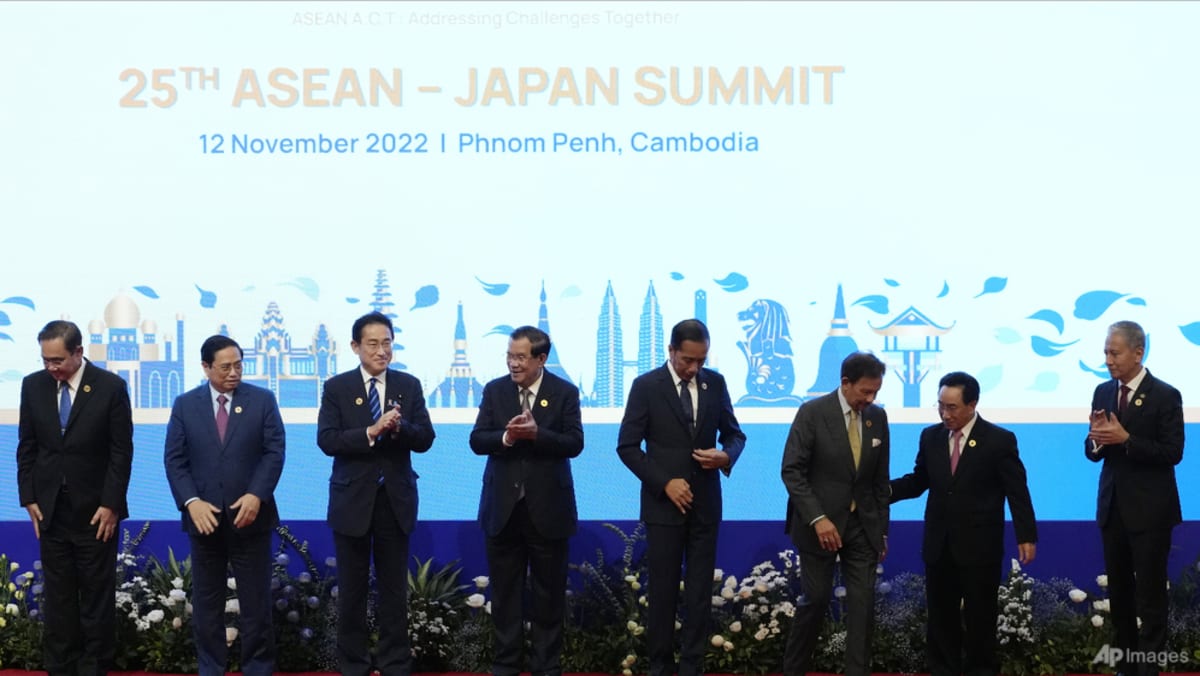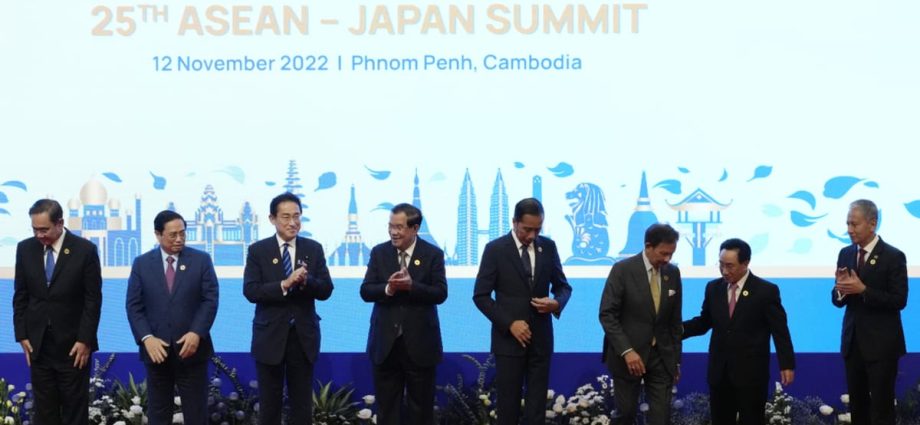
But the FOIP strategy is not as palatable to ASEAN when it is cast in a geopolitical frame to contain China or manage its rise (for example, touting freedom of navigation in the South China Sea).
On Mar 20 in his speech in India on Japan’s new plan for an FOIP, Prime Minister Fumio Kishida included “new pillars” such as rules for prosperity, connectivity, and enhancing air and sea security. However, Kishida’s “new” FOIP is merely window dressing for Abe’s foundational ideas about regional order.
While the US has not persuaded ASEAN member states to endorse its version of the FOIP, Japan has secured some rhetorical support from Indonesia, Thailand, and Vietnam. In this sense, Japan’s approach has gained more traction than the US’.
MORE NUANCED APPROACH TO CHINA
Third, Tokyo’s approach to China has been more nuanced than Washington’s. At the Shangri-La Dialogue in 2013, Shinzo Abe forcefully called for adherence to the “rule of law” in the region, particularly in the South China Sea, where China was at the time conducting an ambitious and controversial terra-forming enterprise.
Abe’s successors Yoshihide Suga and Kishida have maintained the same position, using identical language calling for the upholding of the “rule of law” amid attempts to “change the status quo by force or coercion”.
Still, Abe recognised the need to confront yet engage China. While he was against China’s Belt and Road Initiative, Abe forged 52 memoranda of understanding (MOUs) with Chinese President Xi Jinping in October 2018 to encourage bilateral cooperation in third-country markets, in fields such as transportation and energy.

